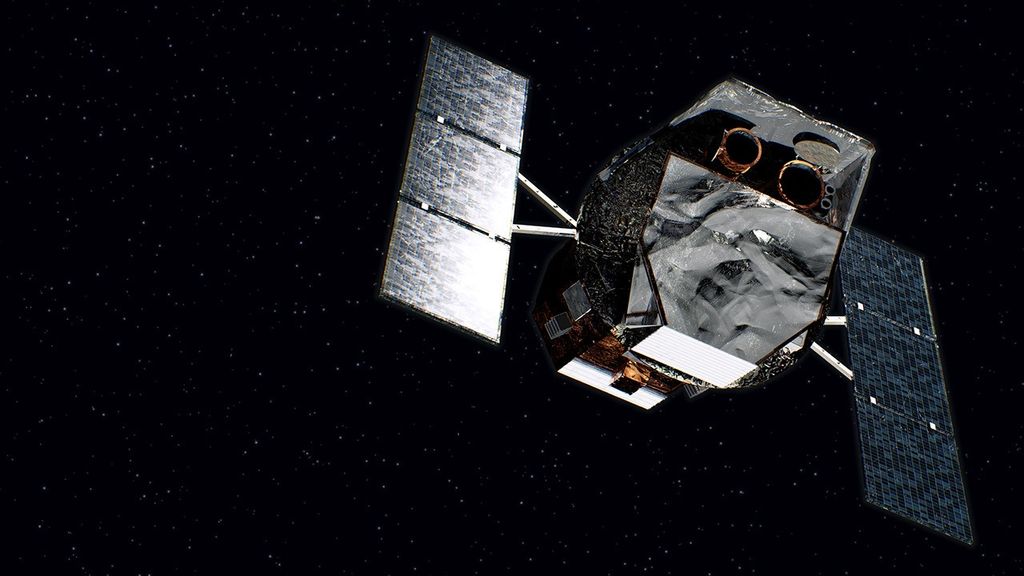
C69 (NGC 6302) – The Butterfly Nebula
Hubble captured this image of Caldwell 69 on July 27, 2009 with its Wide Field Camera 3 (WFC3) in ultraviolet and visible light. This composite image was created using filters that isolate emissions from oxygen, helium, hydrogen, nitrogen and sulfur from the planetary nebula. The nebula's reddish outer edges are largely due to light emitted by nitrogen, which marks the coolest gas visible in the picture. The white-colored regions are areas where light is emitted by sulfur. These are regions where fast-moving gas overtakes and collides with slow-moving gas that left the star at an earlier time, producing shock waves in the gas (the bright white edges on the sides facing the central star). The white blob with the crisp edge at upper right is an example of one of those shock waves.
- X




























